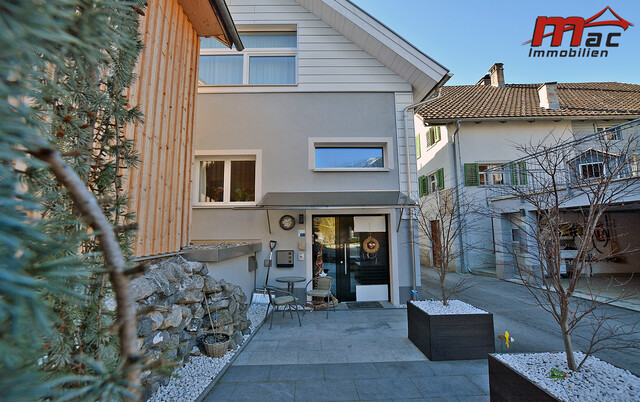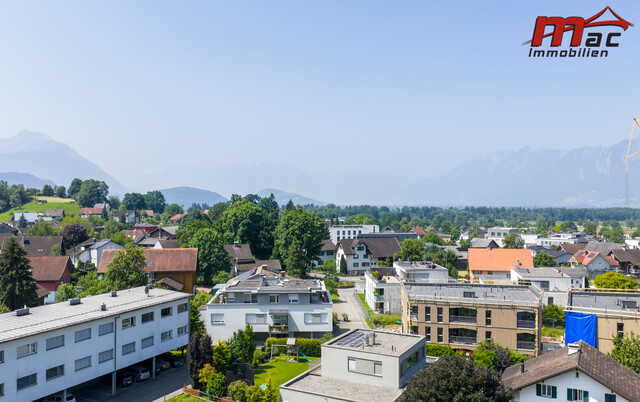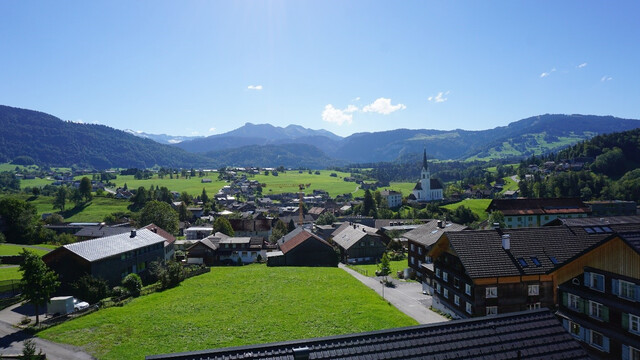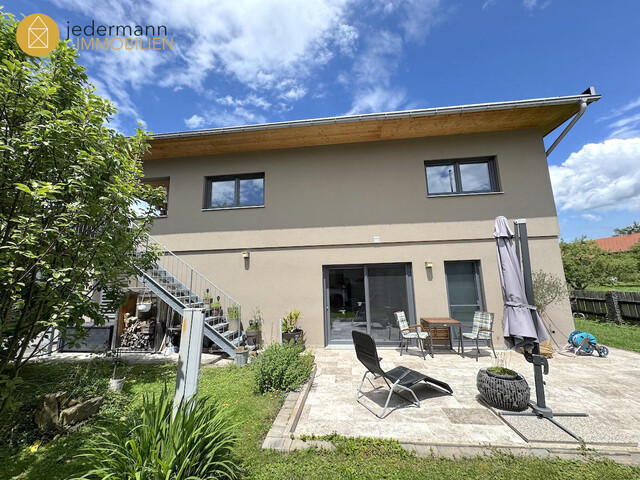Summer, Sun, Danger to Life? How to Train Safely in High Temperatures

Tom Hauser collapsed at the end of June during the Hamburg half marathon shortly before the finish line. After receiving emergency medical care, he was taken to the intensive care unit of the University Hospital Eppendorf, where doctors fought for his life for days. However, the consequences of the fall and the resulting brain hemorrhage were too severe. "We were allowed to have you with us for far too short a time. But your love, your laughter, and your spirit will remain in our hearts forever," were the touching words of the family in a funeral notice.
The humid weather during the run took its toll: rescue workers had to attend to numerous runners, and two participants even had to be resuscitated. An incident that reminds us that the passion for sports should never exceed reason.
The Silent Danger in Summer: How to Manage Exercise in Heat Properly
The story of Tom Hauser is a tragic reminder for everyone who is active in high summer temperatures. Especially in cities like Vienna, where the heat often becomes unbearable in the summer months, caution is advised. Even experienced runners can quickly reach their limits.
Recognize warning signs: Your body speaks to you. Pay attention to the first signs of overheating:
- Schwindel und Kopfschmerzen: Oft erste Indikatoren.
- Übelkeit und Erbrechen: Der Körper wehrt sich.
- Muskelkrämpfe: Zeichen eines Elektrolytungleichgewichts.
- Herzrasen und Atembeschwerden: Ernstzunehmende Symptome.
- Verwirrtheit oder Bewusstlosigkeit: Sofortige ärztliche Hilfe ist unabdingbar.
Smart Strategies for Hot Days: Protect Your Health
Especially at our popular running and sports events, you should adhere to these rules:
- Hydration ist das A und O: Trinken Sie vor, während und nach dem Sport ausreichend Wasser oder isotonische Getränke. Beginnen Sie schon Tage vorher mit erhöhter Flüssigkeitszufuhr.
- Timing ist alles: Vermeiden Sie die Mittagshitze zwischen 10 und 16 Uhr. Verlegen Sie Ihr Training auf die frühen Morgenstunden oder den späten Abend.
- Leichte Kleidung, heller Stoff: Wählen Sie atmungsaktive, helle Funktionskleidung, die Feuchtigkeit ableitet und die Sonnenstrahlung reflektiert.
- Akklimatisierung: Geben Sie Ihrem Körper Zeit, sich an die Hitze zu gewöhnen. Reduzieren Sie Intensität und Dauer des Trainings in den ersten Tagen.
- Hören Sie auf Ihren Körper: Zwingen Sie sich nicht, wenn Sie sich unwohl fühlen. Eine Pause oder der Abbruch des Trainings ist kein Zeichen von Schwäche, sondern von Klugheit.
- Kühlen Sie sich ab: Kalte Tücher im Nacken oder an den Handgelenken, eine kalte Dusche nach dem Sport können Wunder wirken.
Safety First: Emergency Management at Major Events in Austria
Tragic individual cases like that of Tom Hauser underscore the immense importance of robust emergency management at major sporting events. Austria, and especially Vienna, are experienced hosts of large events where the safety of participants is the top priority.
Tight Network of Assistance
At major events, a dense network of medical professionals, paramedics, and rescue services is standard. These teams are strategically positioned along the route to ensure quick assistance. Mobile response teams and permanently installed medical stations are in constant contact and can respond immediately if needed.
Quick Response Can Save Lives
The first minutes after a collapse are crucial. The immediate use of defibrillators (AEDs) and resuscitation measures can be life-saving. Many events in Austria have a high density of trained personnel who can intervene immediately in an emergency. The coordination between organizers, fire department, rescue service, and hospitals is regularly practiced and optimized.
Participants' Personal Responsibility
Despite all safety precautions, a large part of the responsibility also lies with the athletes themselves. A realistic assessment of one's own fitness, thorough preparation, and following the organizers' recommendations are essential. Anyone wishing to participate in an event should inform themselves about the weather conditions in advance, adjust their training strategy, and, in case of doubt, refrain from starting. Health always comes first!
The tragic fate of Tom Hauser is a painful reminder that we all – from amateur athletes to event organizers – must always act attentively and responsibly to ensure the joy of sports is safe.
This article has been automatically translated, read the original article here.
Du hast einen Hinweis für uns? Oder einen Insider-Tipp, was bei dir in der Gegend gerade passiert? Dann melde dich bei uns, damit wir darüber berichten können.
Wir gehen allen Hinweisen nach, die wir erhalten. Und damit wir schon einen Vorgeschmack und einen guten Überblick bekommen, freuen wir uns über Fotos, Videos oder Texte. Einfach das Formular unten ausfüllen und schon landet dein Tipp bei uns in der Redaktion.
Alternativ kannst du uns direkt über WhatsApp kontaktieren: Zum WhatsApp Chat
Herzlichen Dank für deine Zusendung.








